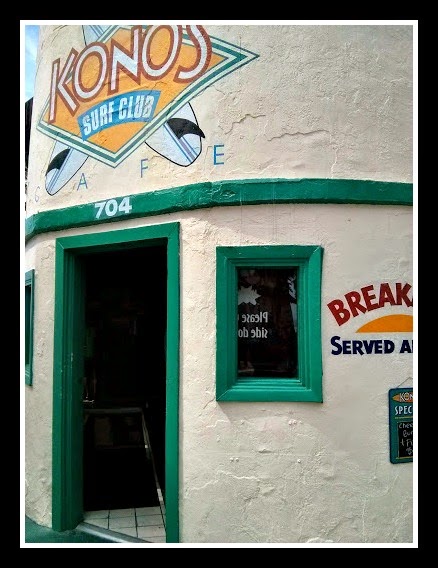Red Lobster has been known for decades as one of the
landmark seafood houses of the nation. In recent years, the growing influence
of competitive brands and the diversification of Red Lobster’s menu have led to
lower than anticipated sales and a decline in market appeal experienced by many
other chain establishments that didn’t change with the times. The restaurant
will now focus more exclusively on lobster and seafood to bring back their
brand recognition and hopefully their sales as well.
Focus on Lobster and
Seafood: Red Lobster is a lobster and seafood joint and should focus
exclusively on their brand offering. At least 85% of their menu will be seafood
oriented.
Price Point Options:
The new menu will have options at various price points. This will help consumers,
no matter what they are expecting to spend, find something off the menu to eat.
Presentation:
American consumers are turning away from pile your plate high and
all-you-can-eat offerings. Red Lobster will be changing their plate
presentation by putting fish on top of rice versus items side-by-side.
More Pictures: The
menu will become easier to understand and provide more pictures to attract
purchases and wet appetites. Image and taster are often associated in memory
and can lead to a decision to purchase.
Higher Priced Items:
Red Lobster will seek to improve profit margins by offering more dishes with
lobster that competitors have a hard time competing against.
Narrowing the focus of their brand to that which pertains to
lobster and seafood can be lucrative if done right. Research has shown that
strong brands earn shareholder returns 2% higher than the industry average
while weaker brands lag by over 3% (Court, 1999). Those restaurants that can
build a solid image are more likely to earn higher profits through brand
recognition and customer recall.
I didn’t see a mention of a health section on their menu or
improving the perception of health for a growing sector of society. Offering
blacked catfish over steamed wild rice may be an attractive alternative to
breaded shrimp. In recent years the benefits of seafood cannot be
underestimated in a growing consumer trend.
Court, D., Leiter, M. & Lock, M. (1999). Brand leverage.
Mckinsey Quarter, 2

